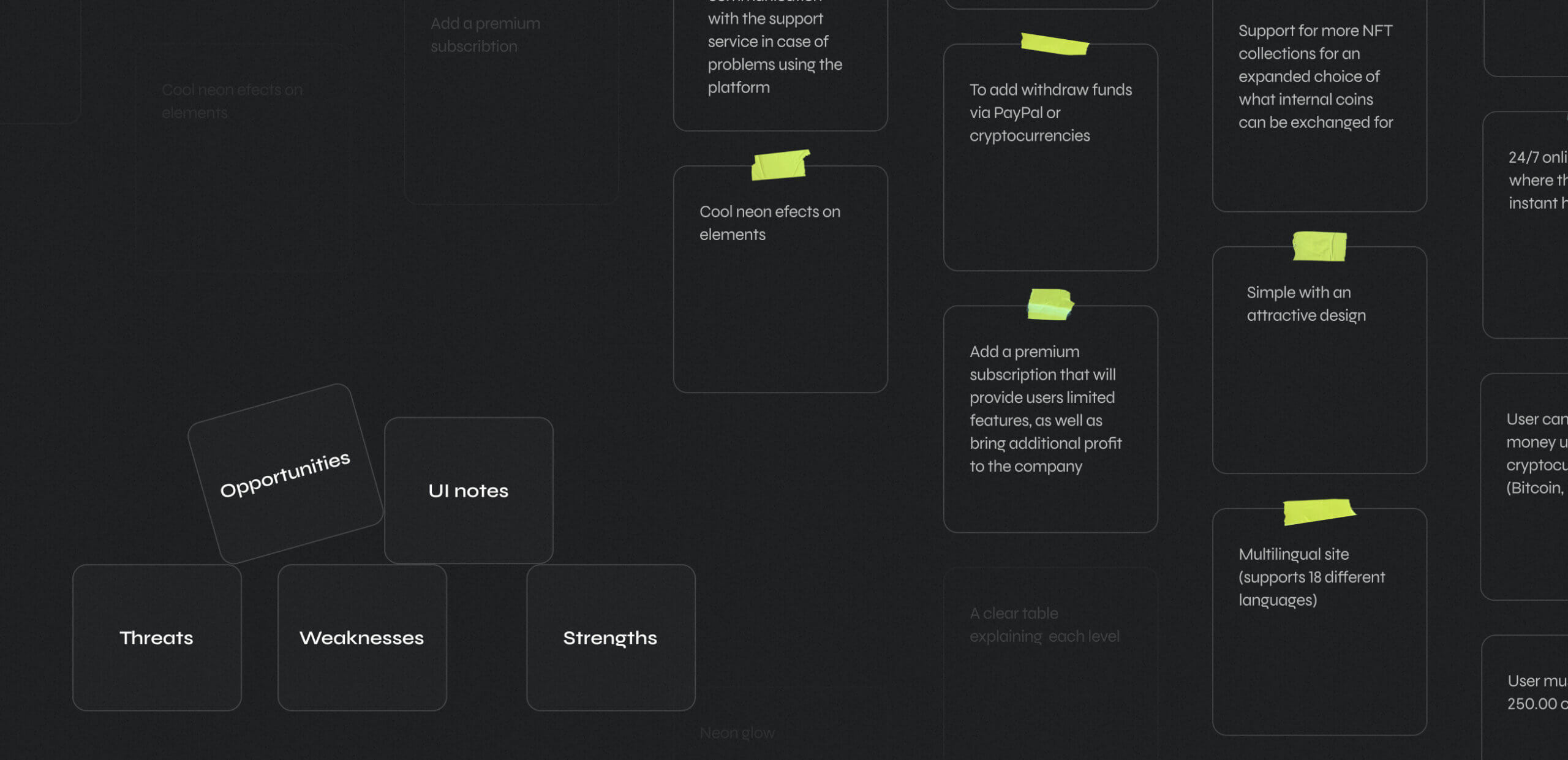What is included
in the Discovery
Phase?
What is
included
in the
Discovery
Phase?
in the Discovery
Phase?
included
in the
Discovery
Phase?


